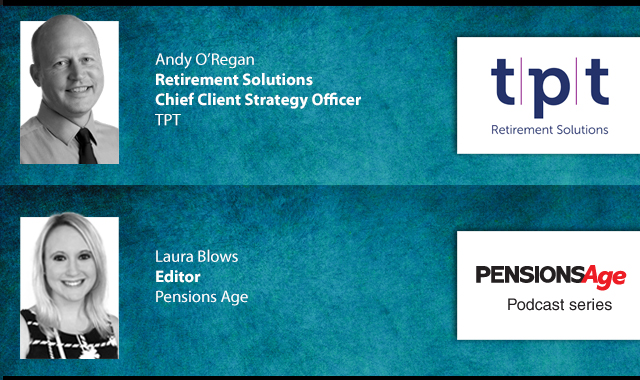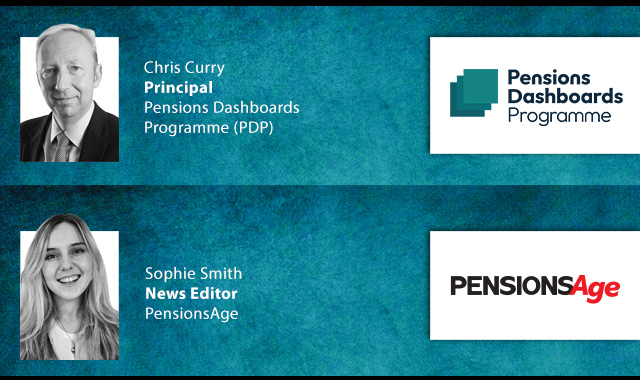Cathryn Everest explains the standards that need to be met to comply with the regulator’s record-keeping guidance
Recent documents published by The Pensions Regulator serve as a timely reminder that the deadline for the targets it set in its June 2010 record-keeping guidance is fast approaching.
The targets
The targets depend on the type of data, which the regulator’s guidance divides into three types:
• common data, which is basic information about members such as name, date of birth, commencement of pensionable service, membership status and address and will apply to all schemes and all members;
• conditional data, which will vary between schemes (for example, between defined benefit and defined contribution schemes) and members (for example, some data is relevant to active but not deferred members); and
• numerical data which is statistical analysis that helps trustees to check that the scheme’s data is broadly consistent with their understanding of the scheme.
In relation to common data and conditional data, the regulator’s June 2010 guidance set the following targets which it expects trustees to meet by December 2012:
• 100% of new common data (defined as records created from June 2010 onwards) should be present and accurate;
• for legacy common data (which is defined as records created prior to June 2010) 95% should be present and accurate; and
• for conditional data, trustees should assess what requirements apply to their scheme, identify any gaps in the scheme’s data and, if necessary, put in place a plan for improvement.
Recent developments
In May, the regulator published the results of its third annual survey on record-keeping as well as its Corporate Plan 2012-15.
Findings of the annual survey on record-keeping (which looked at both trust and contract-based schemes) included that:
• 82% of schemes have processes in place to measure common data and 14% have plans to put processes in place;
• 55% of schemes have processes in place to measure conditional data and 32% have plans to ensure it will be measured;
• 47% of schemes have a common data score above 90%; and
• 33% of schemes have a common data score above 95%.
Looking solely at trust-based schemes, findings included that:
• 72% of schemes have an agreed action plan in place between the administrators and the scheme trustees in relation to the accuracy of scheme data with cost/resource issues being the most frequently mentioned reason for a plan not being in place;
• 89% of trustees have read and engaged with the record-keeping guidance to some degree and 67% of schemes have a trustee who has
read the guidance in detail and taken action; and
• the most frequent data problems scheme trustees had been alerted to by their administrators were postcode and address issues.
The Corporate Plan notes that the regulator will continue to measure the extent to which both defined benefit and defined contribution schemes have adopted the standards in the June 2010 guidance.
Action for trustees
The regulator has noted that whilst the annual survey on record keeping shows encouraging progress, there is still significantly more for some schemes to do. The regulator has also made it clear that it sees good record-keeping as part of the fundamental responsibilities of trustees to scheme beneficiaries.
To the extent they have not already done so, trustees should take action to meet the regulator’s targets. This will mean engaging with the scheme administrators to ascertain the current level of compliance in relation to common data, the actions proposed to resolve any problems and to put in place a plan in relation to conditional data.
It is also important to note that this is not just an issue for 2012, and it will remain important for trustees to continue to engage with their administrators to ensure data accuracy.
Written by Cathryn Everest, associate at DLA Piper
Latest News
Being retirement ready
Gavin Lewis, Head of UK and Ireland Institutional at BlackRock, talks to Francesca Fabrizi about the BlackRock 2024 UK Read on Retirement report, 'Ready or not. How are we feeling about retirement?’
Time for CDI
Laura Blows speaks to AXA Investment Managers (AXA IM) senior portfolio manager for fixed income, Rob Price, about cashflow-driven investing (CDI) in Pensions Age’s latest video interview
The role of CDC

In the latest Pensions Age podcast, Laura Blows speaks to TPT Retirement Solutions Chief Client Strategy Officer, Andy O’Regan, about the role of collective DC (CDC) within the UK pensions space
Keeping on track

In the latest Pensions Age podcast, Sophie Smith talks to Pensions Dashboards Programme (PDP) principal, Chris Curry, about the latest pensions dashboards developments, and the work still needed to stay on track
© 2019 Perspective Publishing Privacy & Cookies















Recent Stories